Alternative Access Controls
Find independence with more than your hands.
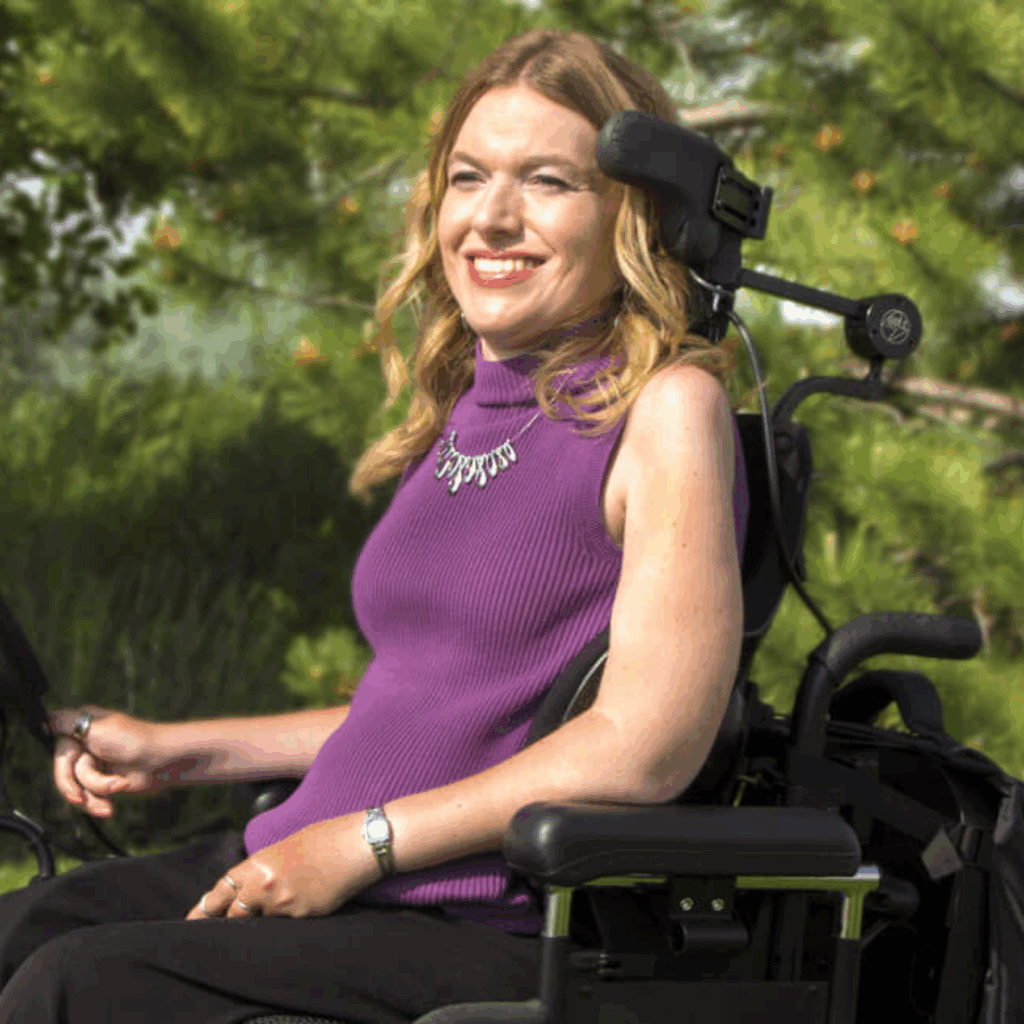
Use & Benefits
Customized Controls. Maximum Independence.
While a normal power wheelchair is operated through a joystick by hand, Alternative Access Controls are devices that allow you to control your wheelchair through other parts of your body. Alternative Access Controls include head, chin, tongue, speech and sip-n-puff controls.
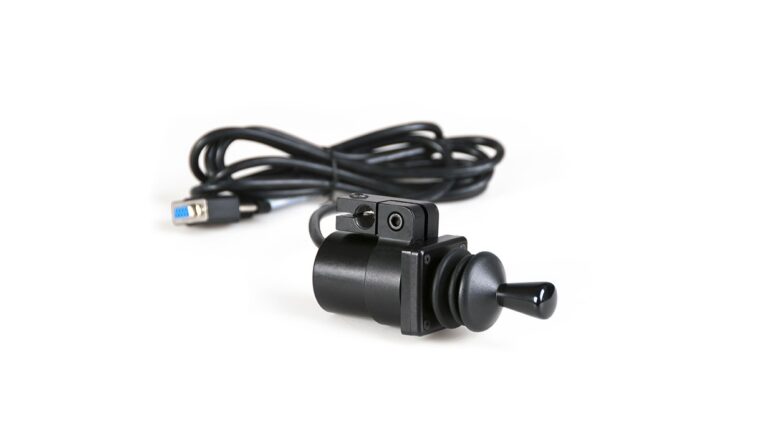
Use
Head Controls: Controls are managed inside a headrest that is attached to your wheelchair.
Chin Controls: Much like a joystick operated by hand, a chin control is simply joystick operated by the chin.
Sip-n-Puff Controls: Using your breath, you are able to control your wheelchair by inhaling (sip) or exhaling (puff).
Personalized Solutions
Expanded Accessibility
Enhanced Independence
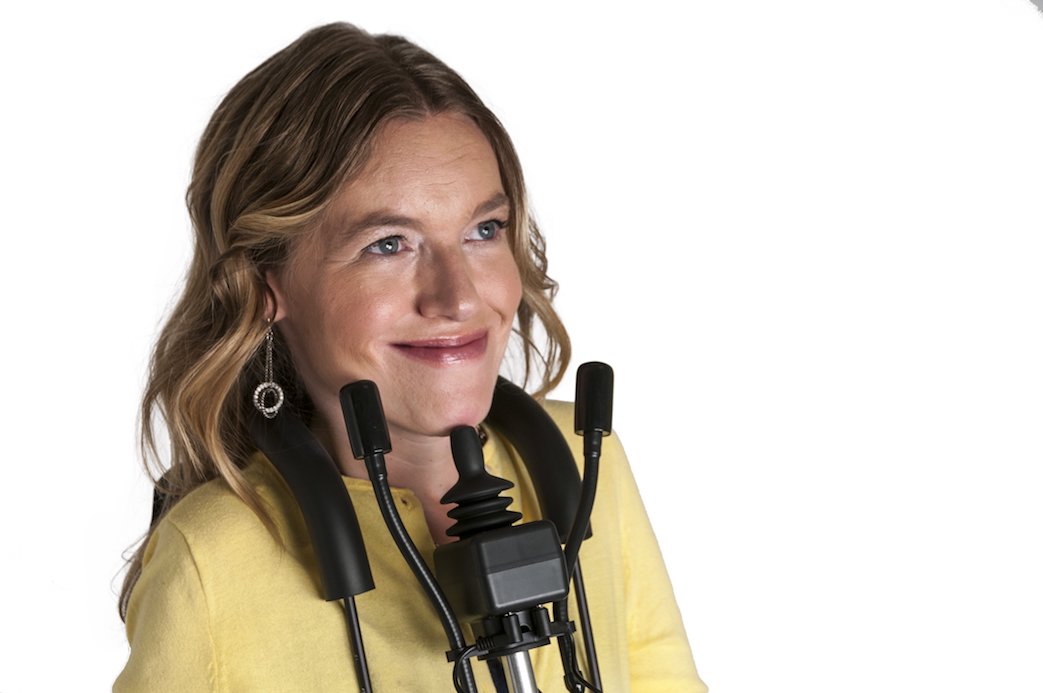
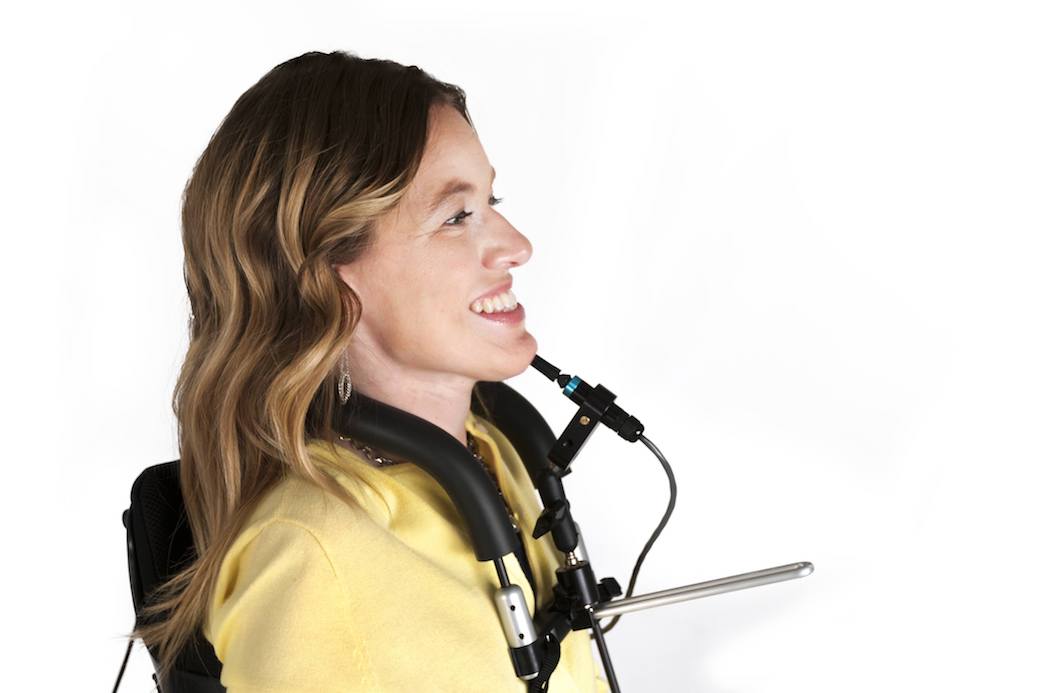
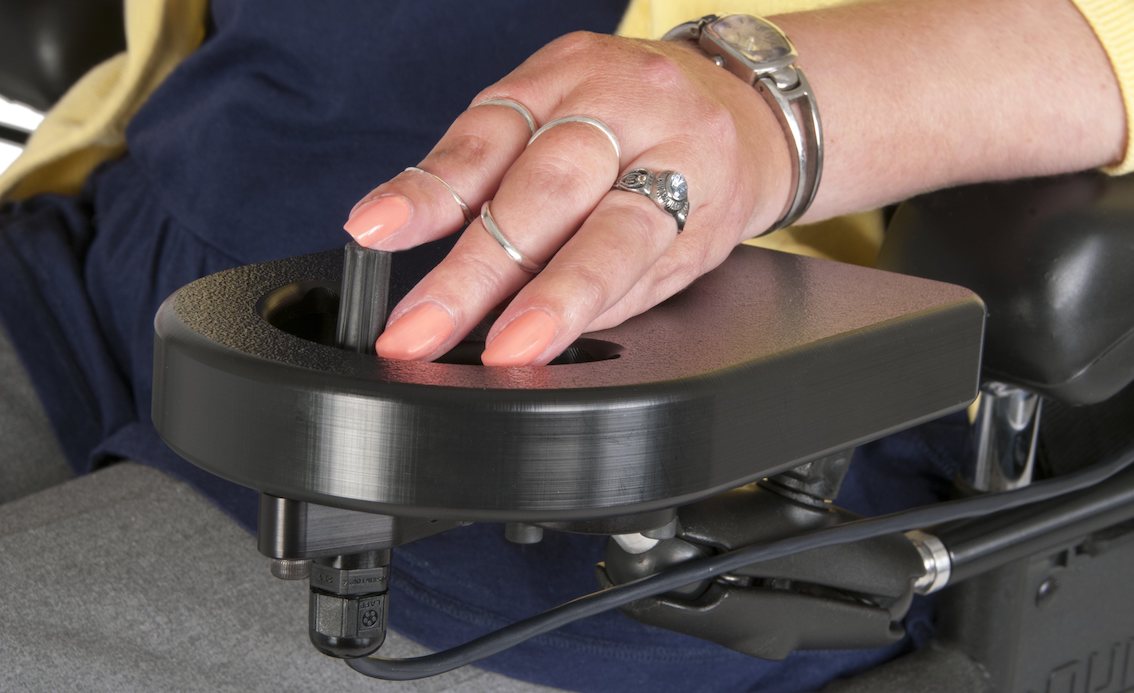

Interested in these options?
Connect with us for more information
Whether you have questions about insurance or equipment, or simply need some guidance, we’re here to help you.
Medical Necessity
Medical necessity is a key requirement for insurance to cover mobility equipment. Insurance providers will only approve equipment that is considered medically necessary based on your specific health needs and daily functional limitations. Our team works closely with your healthcare provider to ensure all documentation supports this requirement.
Insurance Coverage
Because most of our mobility equipment can be covered by insurance, our process is centered around working closely with your insurance provider every step of the way. From your initial evaluation to the final delivery, our dedicated medical documentation team ensures everything is in place to help you get the equipment you need.

Customer Stories
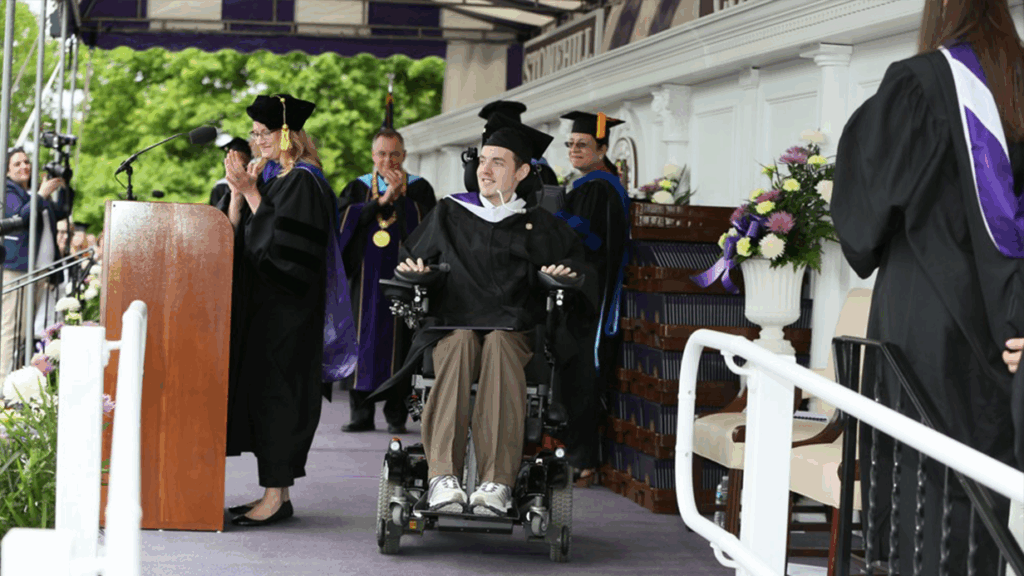
Matt’s Story
Paralyzed in a high school hockey game, the moment Matt crashed headfirst into the boards his life changed in a huge way. But his confidence never wavered. Matt’s “Never Quit” attitude allowed him to finish high school, graduate from college, become a well respected motivational speaker and now, his most recent achievement, author of a book.